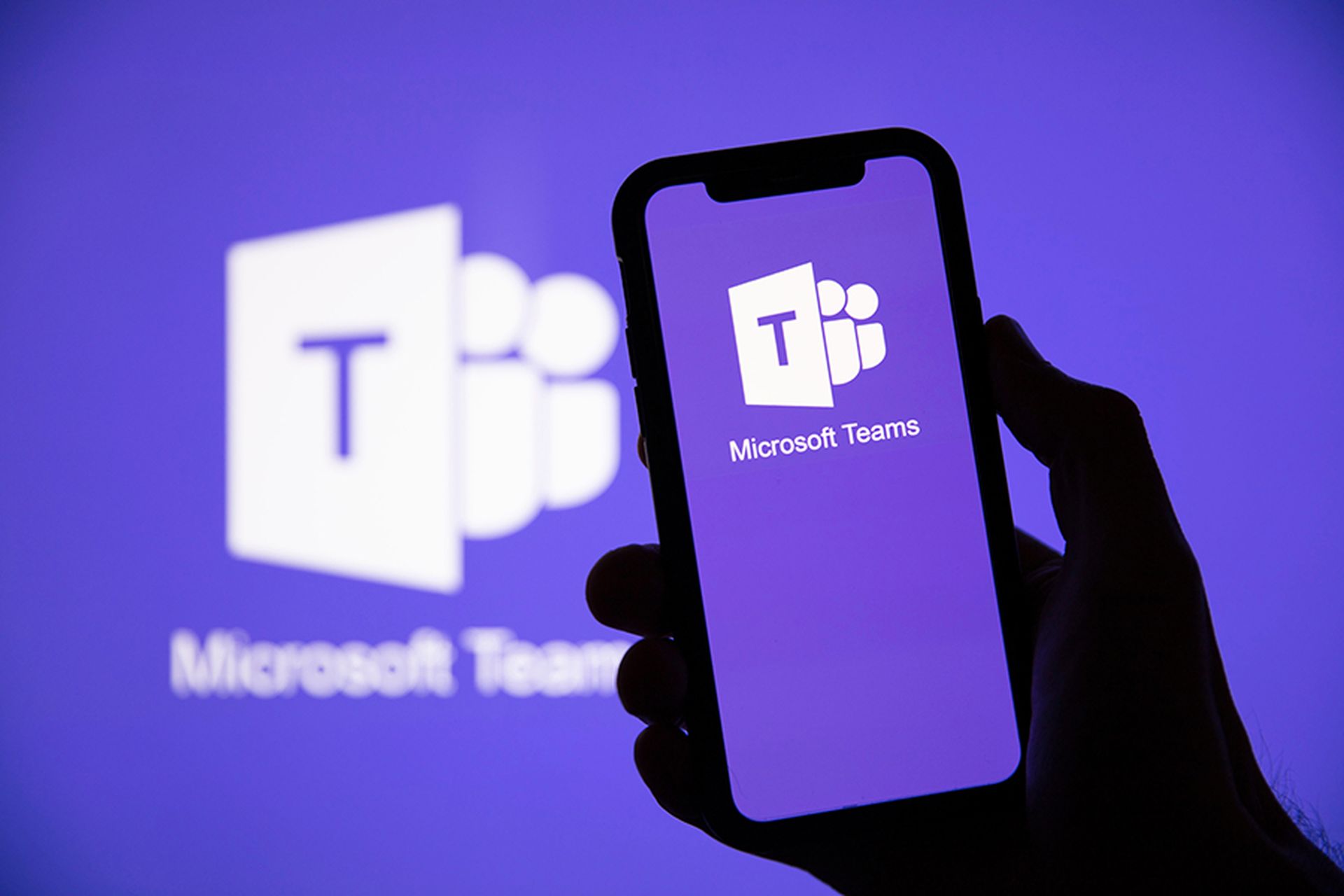Developers take note: Microsoft has announced plans to go live with teams.cloud.microsoft in June 2024, so dev teams need to make the necessary upgrades to ensure that their apps will render in the new “cloud” domain.
Microsoft said in a March 13 blog that the move to teams.cloud.microsoft promises to improve security, administration and the overall user experience, and can ultimately lay a foundation for better and tighter integration across the Microsoft 365 ecosystem.
“This change impacts embedded applications where an external web app is rendered inside Teams, Outlook or Microsoft 365, said Microsoft. “If your app falls into this category, it will be affected.”
To avoid any issues moving forward Microsoft said dev teams need to take the following actions:
- Upgrade Teams JS library to version 2.19 or higher.
- Update the organization’s x-frame-options/CSP headers to allow for the new domains. Microsoft said dev teams need to allow “*.cloud.microsoft” to ensure the app keeps working across existing and future Microsoft 365 hosts.
Microsoft said the teams.cloud.microsoft domain is now available for testing, with full operation alongside teams.microsoft.com expected in June.
Move to teams.cloud.microsoft effort in simplification, branding
John Bambenek, president at Bambenek Consulting explained that as companies grow and acquire other businesses, their DNS footprint begins to grow. This can become irksome, said Bambenek, especially when organizations have since rebranded and are trying to emphasize new names as a result.
“For long-running organizations, eventually there’s a desire to simplify their namespace and this is what Microsoft has done,” said Bambenek. “The problem comes in with legacy applications or code that isn’t updated, which means completely deprecating the old names will break running functionality. The result is a very slow process which involves multiple steps. This includes running things in parallel and nudging everyone onto the new namespace.”
Claude Mandy, chief evangelist, data security at Symmetry Systems, added that the purpose of the change is to simplify the administration of these domains by creating a more manageable structure and also to maximize brand recognition as the primary domain with well-defined subdomains to articulate security boundaries.
“The move from the confusing variety of existing domains will, as result, reduce the security burden of protecting these various domains consistently,” said Mandy. “Most interesting is what will not be moving to these subdomains, i.e. marketing or support. This is indicative that some of these non-product experiences are co-mingled with user-facing experiences that require more authentication and trust. The separation is therefore key to building more trust through anti-spoofing and integrity mechanisms.”




